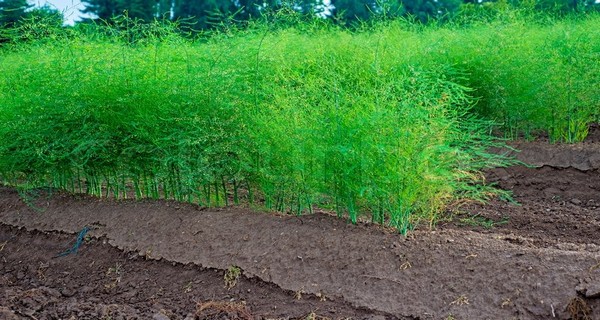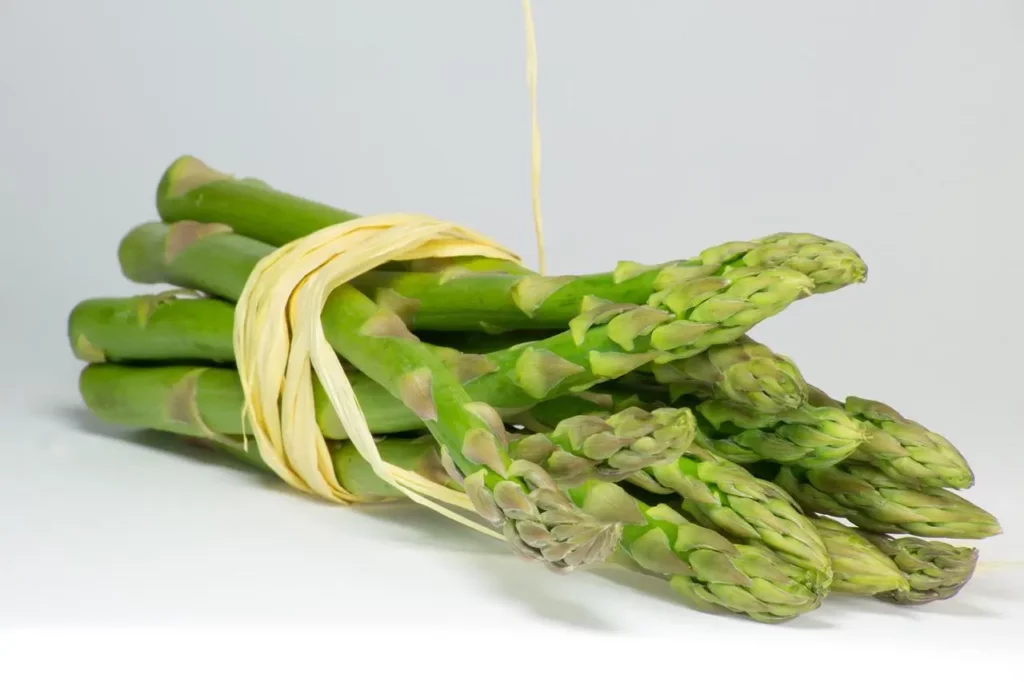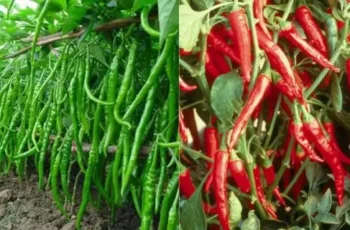Ad Blocker Detected
Our website is made possible by displaying online advertisements to our visitors. Please consider supporting us by disabling your ad blocker.
Growing your own asparagus can be a rewarding and cost-effective way to enjoy this delightful, nutrient-packed vegetable. While store-bought asparagus may come with a hefty price tag, cultivating it in your personal garden can lead to a tastier and more affordable supply compared to what you find in supermarkets.

How To Care For Asparagus Plants In The Summer & Fall
Homegrown asparagus surpasses even the quality of what you might savor at your favorite restaurant. One bite of freshly harvested asparagus from your backyard will likely convince you of its superior taste. Beyond the flavor advantage, growing asparagus in your garden is surprisingly simple.
Asparagus is a perennial plant, meaning that once you establish it, it will keep coming back year after year. In fact, a single planting can continue to produce bountiful harvests for fifteen to twenty years, saving you the hassle of frequent replanting. However, it’s essential to know that during the first two years, the asparagus yield may be limited, and it’s best not to harvest the small amount that does grow.
Patience will be rewarded, as after this initial period, the yield will likely become abundant, providing you with more asparagus than you can possibly consume.
How To Care For Asparagus Plants In The Summer & Fall
Are you aware that the way you care for your asparagus plants during the summer can significantly impact their overall health? Not only that, it can also play a crucial role in determining the size and quality of next year’s asparagus spears.
While much emphasis is placed on growing asparagus, the post-harvest care of the plants is often overlooked. Many gardeners find themselves unsure about the right time to stop harvesting their asparagus crop.
Interestingly, both the timing of when you cease harvesting and how you tend to your plants afterward are vital factors for the long-term well-being of your asparagus crop. These practices directly affect the plants’ vitality and the level of production they can achieve in the following year.
Let’s take a closer look at understanding when to stop harvesting your asparagus and how to properly care for your plants during the summer and fall seasons. These essential steps will contribute to the continued success of your asparagus garden.
How To Care For Asparagus In The Summer After Harvesting
A crucial factor in achieving successful asparagus growth is understanding the right time to halt harvesting. If asparagus is harvested too late in the season, it hampers the plants’ ability to accumulate energy for the following year.
To reach their full potential, asparagus plants require adequate time to grow and mature. This period allows the process of photosynthesis to maximize its efficiency.
As the plants develop their foliage and stems, they absorb energy, which is then stored and utilized to produce the next season’s spears. By allowing this energy accumulation, you ensure the health and productivity of your asparagus crop in the long run.
When Do I Stop Harvesting? Summer Care For Asparagus Plants

The duration of viable spear production from your asparagus plants hinges on several crucial factors. Older and well-established plants have the potential to produce spears for a more extended period, especially when they have received proper care and maintenance in the previous season.
In the case of newly planted and one-year-old asparagus, it’s essential to refrain from harvesting at all. Instead, allow these young plants to focus all their resources on developing robust and healthy root systems. By doing so, you provide a strong foundation for future spear production and ensure the long-term success of your asparagus crop.
Younger asparagus plants, typically between two to four years old, typically offer a fruitful harvest of good spears for a period of two to three weeks. However, more established plants can be even more generous, producing spears for as long as six to eight weeks.
Knowing precisely when to halt harvesting requires paying attention to some indicators. While the age guidelines mentioned above serve as a helpful starting point, a general rule of thumb is to cease harvesting when the growth rate begins to slow down, and the new spears emerging are smaller than the diameter of a standard pencil.
In most cases, harvesting for the asparagus crop concludes by early to mid-June. It’s important to keep in mind that older plants may continue to produce spears for a bit longer, extending the harvesting season beyond this period.
Summer Care For Asparagus Plants – Fertilizing
After you’ve decided to stop harvesting, it’s essential to allow your asparagus plants to grow as large as possible. The size of the stems and foliage on top directly impacts the plant’s ability to gather energy for the production of next year’s spears.
To promote robust growth during the summer and fall, one of the most effective strategies is to fertilize the plants immediately after the harvesting period ends. Asparagus plants consume a significant amount of energy from the soil while producing their spring spears. By replenishing the soil with essential nutrients through fertilization, you can help the plants recover quickly and encourage vigorous growth.
Two highly effective methods for powering up your asparagus crop are top-dressing with compost and applying a balanced all-purpose fertilizer. When combined, these approaches work synergistically to enhance the plant’s health and lead to exceptional growth throughout the summer season.
Top Dressing
Rejuvenating the soil with a top dressing of compost after the harvest is an excellent method to replenish nutrients. Compost is rich in well-balanced nutrients, and as it gradually decomposes throughout the summer, it provides a steady and nourishing feed to the asparagus crowns.
For remarkable results, a layer of one to two inches of compost spread over the soil surface, covering the area of the crowns, works wonders for the plant’s health and growth.
In addition to the compost, applying a balanced organic fertilizer further boosts the plants’ vitality. Opt for fertilizers with a balanced ratio in the range of 5-5-5 to 10-10-10 to provide the essential nutrients needed for optimal growth and development. This combination of compost and organic fertilizer contributes significantly to the thriving and productivity of your asparagus crop.
Product Link: Jobes Organics Plant Food

